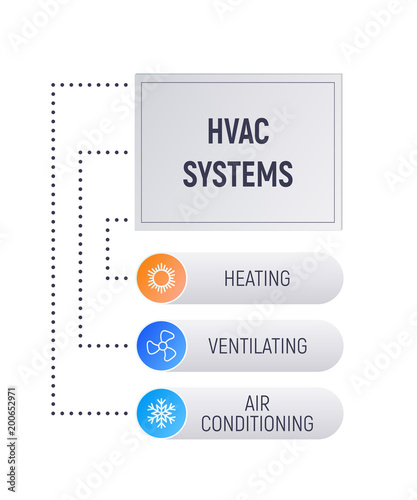The Ultimate Guide To Comprehending Warm Pumps - Just How Do They Function?
The Ultimate Guide To Comprehending Warm Pumps - Just How Do They Function?
Blog Article
Produced By-Blanton Bland
The very best heat pumps can save you substantial amounts of cash on power expenses. They can also help in reducing greenhouse gas discharges, specifically if you utilize electrical energy in place of nonrenewable fuel sources like propane and heating oil or electric-resistance furnaces.
Heat pumps function quite the same as ac unit do. This makes them a feasible choice to traditional electrical home furnace.
Exactly how They Work
Heatpump cool homes in the summer season and, with a little aid from electrical power or gas, they supply some of your home's heating in the winter. They're an excellent alternative for individuals that wish to lower their use nonrenewable fuel sources yet aren't prepared to change their existing furnace and air conditioning system.
They rely upon the physical fact that also in air that seems too cool, there's still energy existing: warm air is always relocating, and it wants to move into cooler, lower-pressure settings like your home.
Many ENERGY celebrity accredited heat pumps operate at close to their heating or cooling capacity throughout a lot of the year, reducing on/off cycling and conserving energy. For the best performance, focus on systems with a high SEER and HSPF rating.
The Compressor
The heart of the heatpump is the compressor, which is likewise known as an air compressor. This mechanical streaming tool utilizes potential energy from power creation to enhance the pressure of a gas by reducing its volume. heatpumps is different from a pump because it just services gases and can not work with liquids, as pumps do.
Climatic air gets in the compressor with an inlet shutoff. It travels around vane-mounted arms with self-adjusting length that separate the interior of the compressor, creating several dental caries of differing dimension. The blades's spin forces these dental caries to move in and out of stage with each other, compressing the air.
The compressor pulls in the low-temperature, high-pressure refrigerant vapor from the evaporator and compresses it into the warm, pressurized state of a gas. This process is duplicated as required to supply home heating or cooling as required. The compressor likewise contains a desuperheater coil that recycles the waste warmth and includes superheat to the refrigerant, altering it from its liquid to vapor state.
The Evaporator
The evaporator in heatpump does the same point as it performs in fridges and a/c unit, changing liquid refrigerant into an aeriform vapor that eliminates warmth from the room. Heat pump systems would not work without this essential tool.
This part of the system is located inside your home or structure in an indoor air trainer, which can be either a ducted or ductless system. It contains an evaporator coil and the compressor that compresses the low-pressure vapor from the evaporator to high pressure gas.
Heat pumps take in ambient warm from the air, and after that use electrical power to transfer that warm to a home or organization in home heating mode. That makes them a lot a lot more power reliable than electric heating units or heating systems, and because they're using tidy electricity from the grid (and not shedding fuel), they additionally produce far fewer exhausts. That's why heatpump are such great ecological choices. (And also a big reason they're coming to be so prominent.).
The Thermostat.
Heatpump are terrific options for homes in cold climates, and you can utilize them in mix with typical duct-based systems or even go ductless. They're a fantastic different to nonrenewable fuel source heating unit or typical electric heaters, and they're a lot more sustainable than oil, gas or nuclear heating and cooling tools.
Your thermostat is one of the most essential element of your heat pump system, and it functions extremely in a different way than a conventional thermostat. https://www.cnet.com/how-to/five-ways-to-keep-your-house-cool-this-summer/ (all non-electronic ones) job by utilizing substances that change dimension with increasing temperature, like coiled bimetallic strips or the expanding wax in a car radiator valve.
These strips consist of 2 different types of steel, and they're bolted together to develop a bridge that finishes an electrical circuit connected to your cooling and heating system. As the strip gets warmer, one side of the bridge expands faster than the various other, which creates it to flex and indicate that the heater is needed. When the heatpump is in home heating setting, the reversing shutoff turns around the circulation of cooling agent, so that the outside coil now operates as an evaporator and the interior cyndrical tube comes to be a condenser.